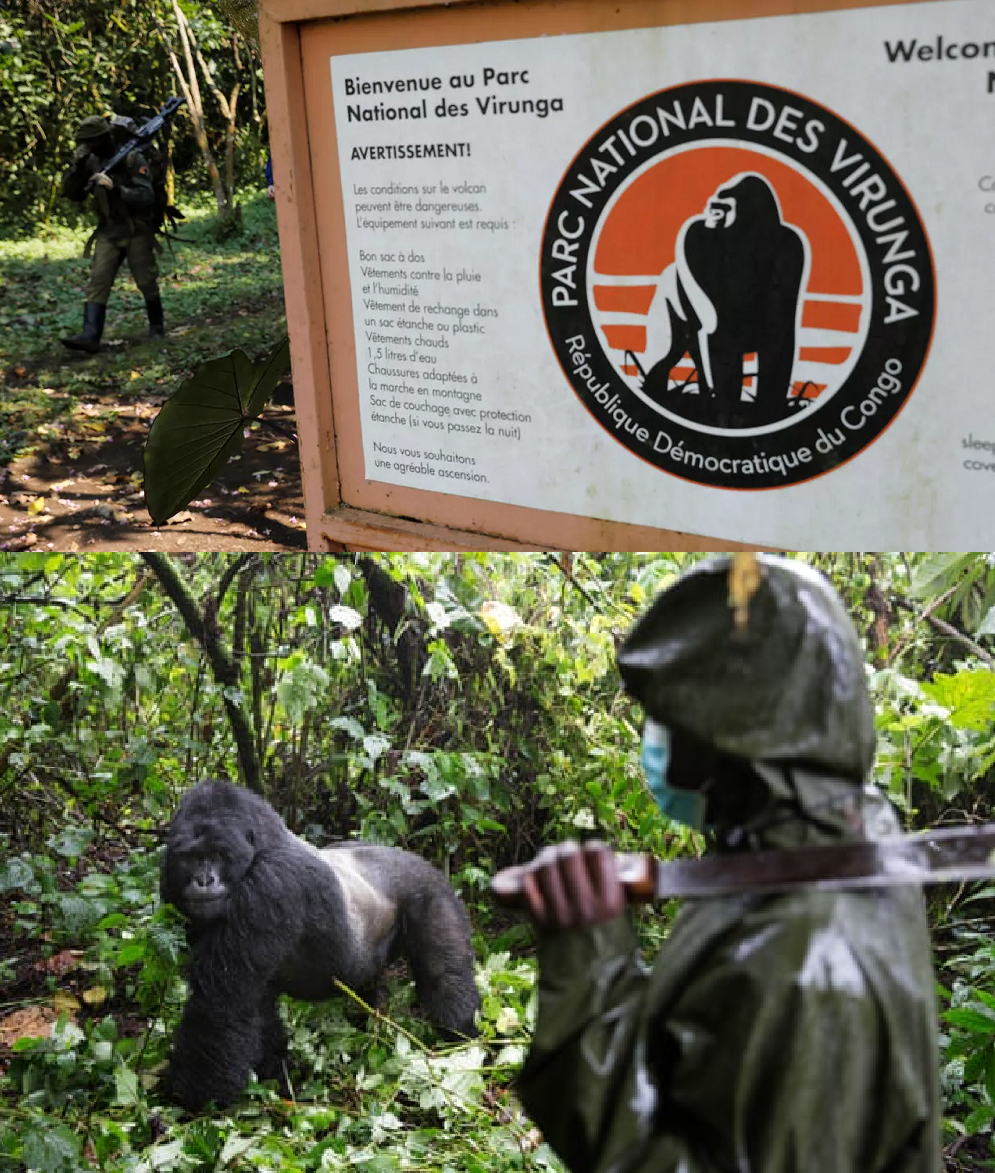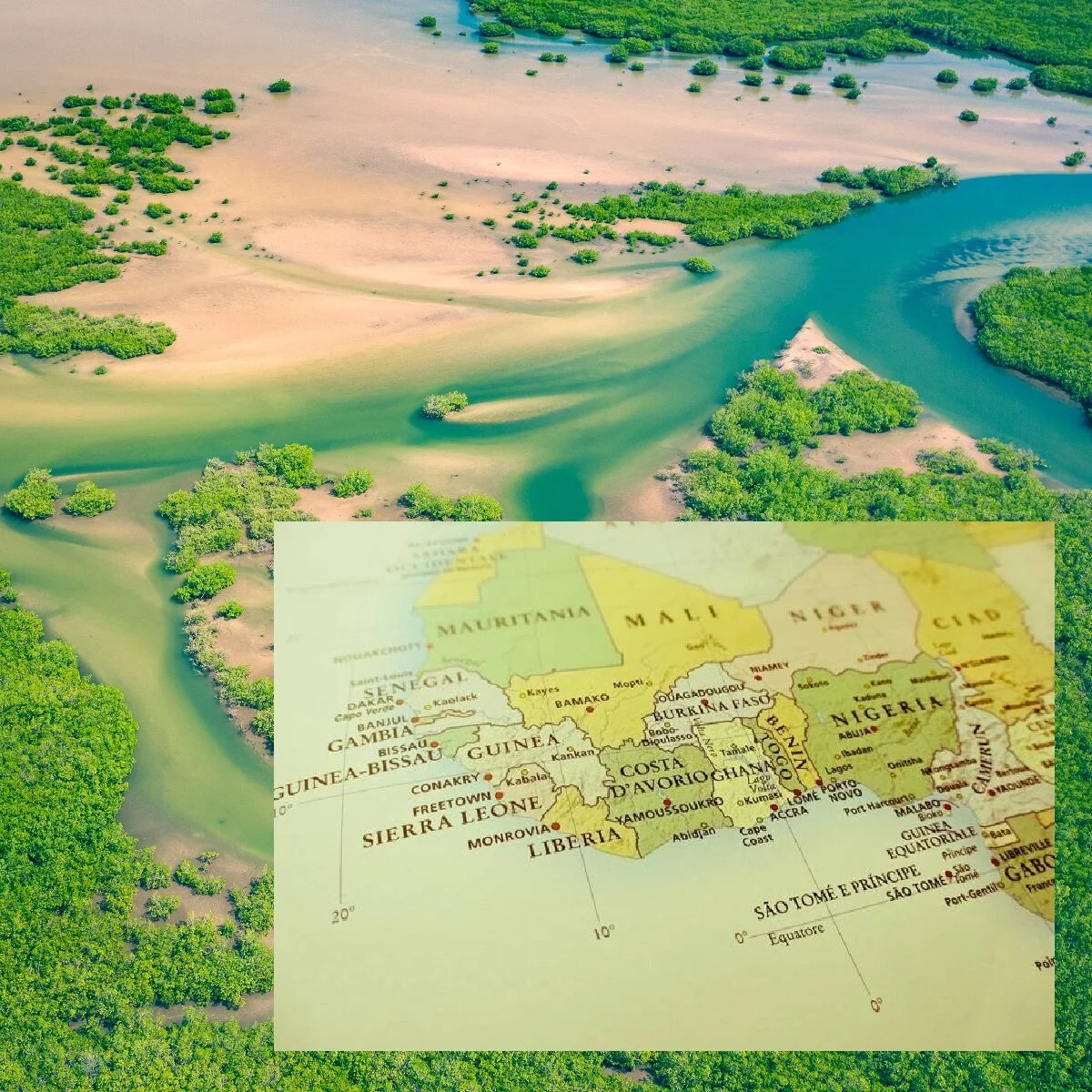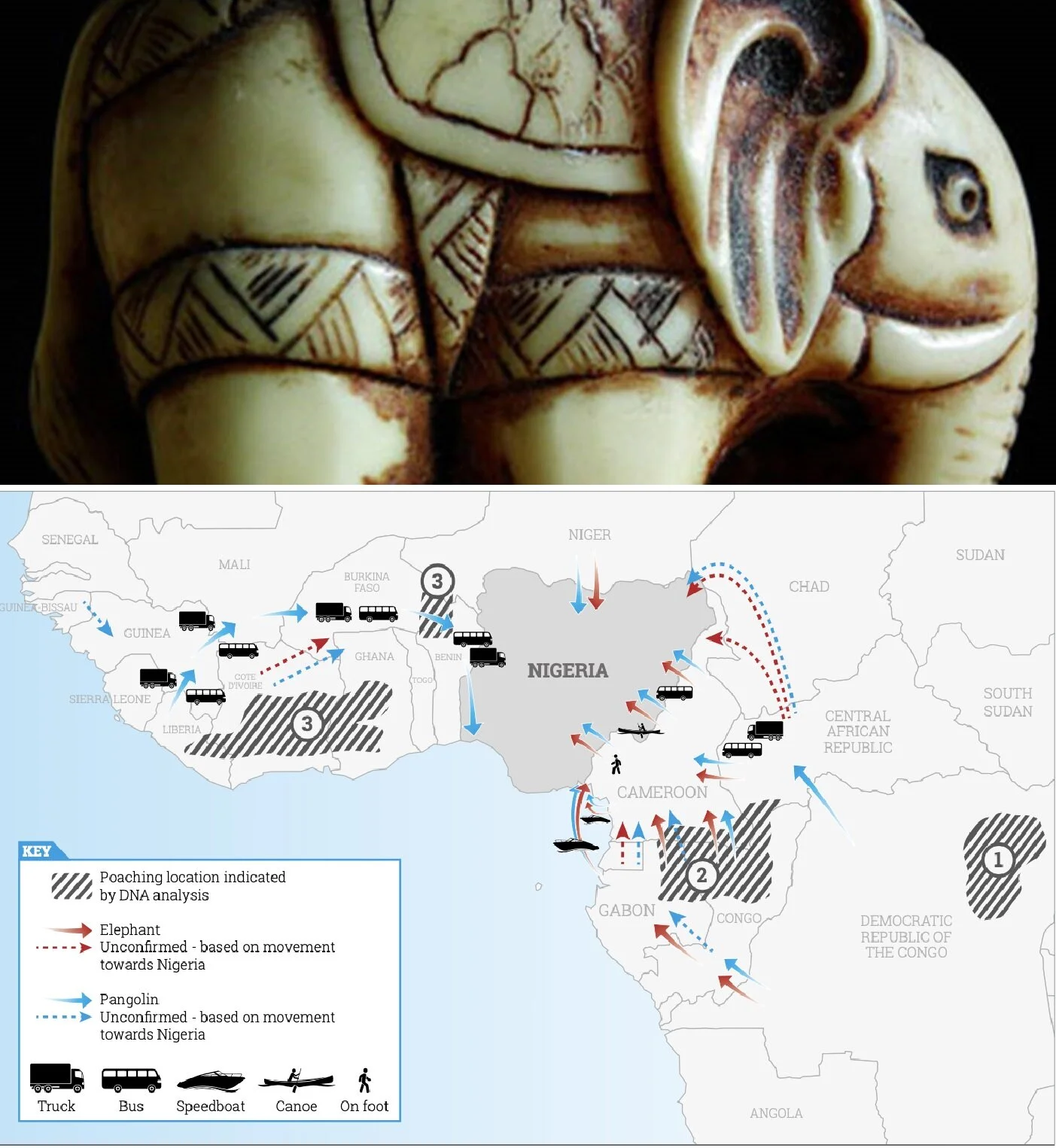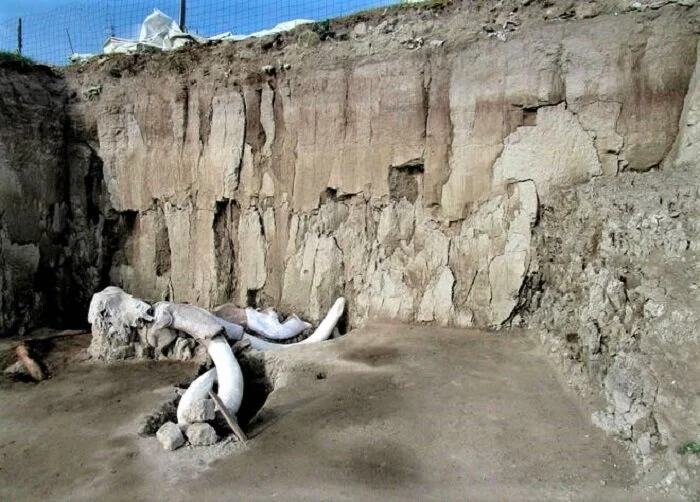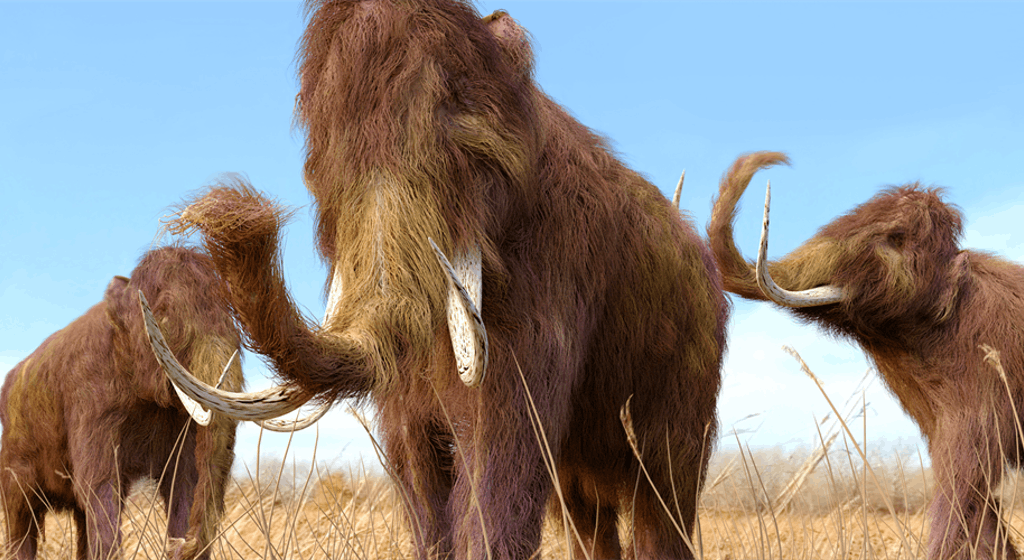Elephants in Congo's Virunga National Park Bring Hope Gone for Decades
/By Elizabeth Claire Alberts, staff writer for Mongabay. Published with permission.
For years, Anthony Caere, an anti-poaching pilot at Virunga National Park in the Democratic Republic of Congo (DRC), peered through the windows of his helicopter to see a landscape mostly devoid of wildlife. But now, Virunga is coming back to life. A herd of about 580 savanna elephants (Loxodonta africana) recently crossed over from Uganda’s Queen Elizabeth National Park, and they appear to be staying put.
“Now not only are we seeing the elephants, which is an unbelievable sight from above, but we’re noticing the impact of such a big herd on the park,” Caere said in a statement. “They’re restoring everything back to what it was 50 years ago and doing [it] so much faster than we could have imagined. If the elephants continue to stay here in these numbers, this place will look totally different in just a few years.”
These returning elephants join an existing population of about 120 elephants already in the park, forming a cumulative group of approximately 700 individuals.
Virunga National Park, a 790,000-hectare (2-million-acre) stretch of land on the eastern border of the DRC, is known for its rich diversity of habitats and rare wildlife — but also for its violent history. For decades, anti-government rebels and local militia groups have besieged the park, waging war with Virunga’s team of about 700 rangers tasked with protecting the park and its visitors. Virunga experienced one of its deadliest assaults this past April when armed militia killed 12 rangers, a park driver and four civilians. The park also experienced a spate of attacks in 2018, which took the lives of several Virunga guards and forced the park to close for eight months.
The COVID-19 pandemic has complicated matters further. The park closed again in May 2020 to protect its populations of critically endangered mountain gorillas as the coronavirus spread across the world. During this period, poaching incidents increased, and 40% of the park’s revenue dried up, a spokesperson for Virunga told Mongabay in an email.
“The financial damage to Virunga National Park and the local economy of the closure of tourism activities is extremely serious,” the spokesperson said. “The local economy and population, being direct beneficiaries of the tourism industry, are facing significant economic strain.”
Despite the many challenges this year has presented, the Virunga team has been steadily working to improve security while protecting the park’s wildlife and their critical habitats with help from organizations such as Global Wildlife Conservation. The reappearance of the savanna elephants has assured the team that their hard work is paying off.
“The return of the elephants … provides a real beacon of hope to conservation efforts around the world that are taking place in challenging contexts and which have been made even more difficult as a result of the impact of COVID-19,” the Virunga spokesperson said.
The elephants could be a harbinger for other positive changes in the park, including the return of other species, according to the Virunga team.
“As the elephants return they tear through the trees and pummel invasive bushes, and so they are also transforming the landscape back to a true grassland savanna, allowing the return of grazers and other wildlife species that have been absent from the park for the last two decades: buffalo, Ugandan kob, warthogs, topi, and even a pair of lions,” they said. “Essentially the land is returning to its previous state.”
Iain Douglas-Hamilton, founder and president of Kenya-based charity Save the Elephants, said his organization helped put satellite collars on 15 of Virunga’s elephants in 2015 as park staff worked to protect them from poaching. Over the course of three years, two of the elephants were illegally killed, but the other 13 moved across the border between Virunga and the Queen Elizabeth National Park in Uganda, he said. But now, these same elephants seem to have returned.
“It is very encouraging now to see that large numbers of elephants are taking up their residence in Virunga,” Douglas-Hamilton told Mongabay in an email. “There used to be about 8,000 back in the 1950s, but they were greatly reduced, and by the time Paul Allen’s Great Elephant Count came to the park in 2014, the team found only about 300 and they were thought to be critically endangered. If they can be protected they may once again regain their former numbers.”
He added: “Law and order, peace and stability is what is needed and the chance gradually to build the national park service, as the guardians of this extraordinary landscape and its fauna and flora, and the acceptance of nature as an essential part of people’s existence.”



